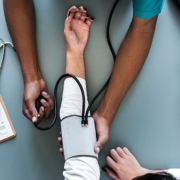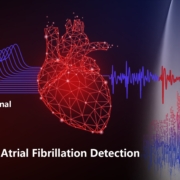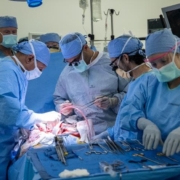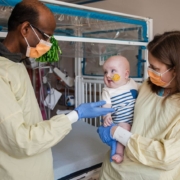Breakthrough in vivo gene therapy targets newborn blood stem cells
Scientists at the San Raffaele Telethon Institute for Gene Therapy have unlocked a remarkable biological window – a fleeting period immediately after birth when circulating blood stem cells become uniquely accessible for genetic modification directly within the body. This discovery could transform treatment approaches for devastating genetic blood disorders, offering hope without the invasive procedures […]

 callan emery / Midjourney
callan emery / Midjourney Callan Emery / Midjourney
Callan Emery / Midjourney

 WHO / Chris Black
WHO / Chris Black

 Children’s Hospital of Philadelphia
Children’s Hospital of Philadelphia

